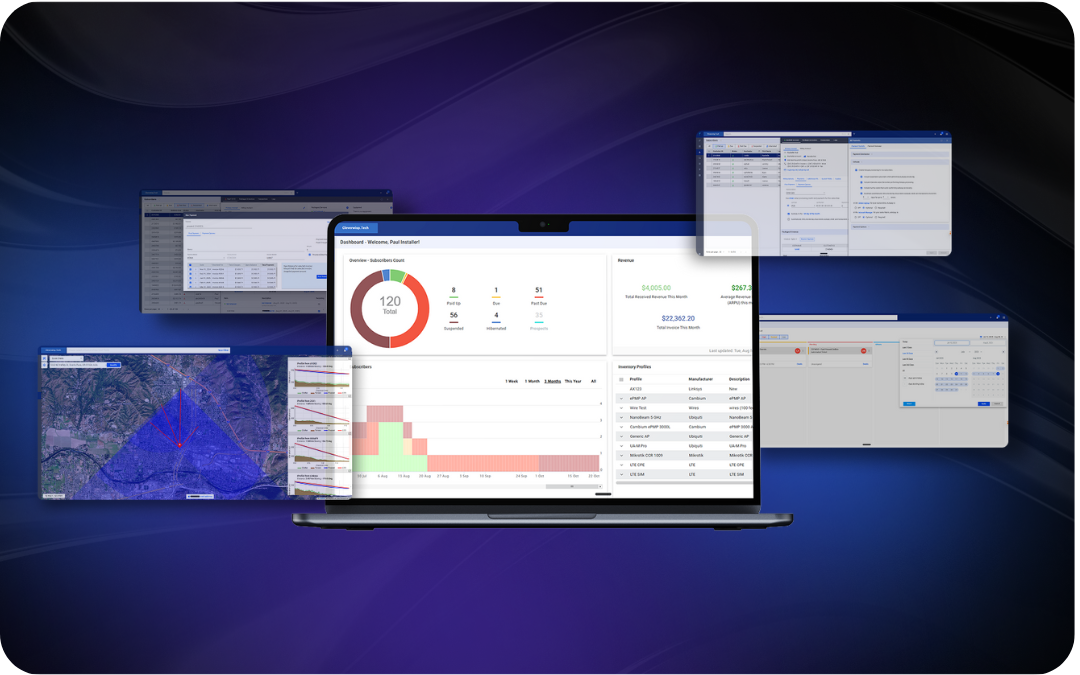
Regular meetings with staff and leadership can clear hard issues and keep you on the path to WISP growth.
Even if you have the best network configuration, a great territory with tons of subscribers, a solid marketing and business plan, none of it matters if you can’t make difficult decisions that clears out costly issues.
Putting off decision-making can drag down your WISP, overburden your management team and slow down growth. This could cause you to miss out on opportunities, waste money or worse, have an annoying issue that competes for your attention for months or even years.
Long-standing issues are in your way and could stop you from reaching your goals. If you want success, discipline is required to make the decisions to propel your WISP past these issues and onto a growth path.
Create an Issue-Solving Process
A proven process to identify issues, explore them and resolve them is detailed in the book, Traction: Get a Grip on Your Business by Gino Wickman. The “Issues Component” is one of six parts of a comprehensive plan Wickman calls the Entrepreneurial Operating System (EOS), that helps owners and operators experience continuous growth.
Make the Issues Component a regular practice so nothing stands in the way of your success.
The Issues List
Every WISP has issues that vary in size, significance and how they impact an organization. Many issues will reappear throughout your WISP’s life – price jumps, unhappy subscribers and staff, for instance — and a process you follow to deal with them offers you a jump start in solving them.
The first step is to create a working environment that’s safe for staff to point out issues that stand in the way of your WISP’s goals. When issues are uncovered, those that can’t be resolved immediately are categorized into three different lists:
Vision/Traction Organizer
These issues can be set aside for several months with no impact to revenue and short-term goals. Deal with issues such as non-critical building moves and higher-level expansion strategy in quarterly leadership meetings.
Weekly Leadership Issues List
If you have a reputation problem (for instance, several bad social media reviews about a common issue), procedure or technology-related issues that could impact profitability, they belong on this list and should be reviewed within a week with your WISP’s leadership.
Departmental Issues List
Put complex customer service complaints and issues, like whether to consider a new office supply vendor into this bucket.
After categorizing the issues, you and your teams are ready for the “Issues Solving Track.”
The Issues Solving Track
The process here is to identify the real issues, discuss and decide on a solution.
At each meeting, start with identification because issues could be symptoms of larger problems. Examine the issue with your teams until you find the underlying cause.
Step two is to discuss the issue, allowing everyone in the meeting to say what they want and leave nothing unsaid. Although everyone should have their say, keep an eye out for “tangents.” Don’t allow staff to wander too far away from the real issue and discuss irrelevant issues.
The “final” step in this process, “Deciding on a Solution,” can lead to additional actions because a resolution can require one of three things:

Don’t let unresolved issues derail your WISP’s growth.
Take action.
This is when a resolution is clear-cut, such as choosing a new equipment supplier because the discounts are better than the current vendor, and the new vendor has great customer review ratings.
Sharing information with staff.
If the leadership team decides on a new policy to govern paid time off, they must communicate it to the rest of the staff. This also requires additional steps to ensure the process is implemented and followed properly.
Doing research.
Additional information may be needed to find the right solution. In this case, establish a deadline for the information and place the issue back on one of the three lists.
As you work through these processes, they become natural and your teams will become masters at clearing issues. Imagine what that would be like – when nothing stands in the way of you accomplishing your WISP’s goals.
When you’re looking for business growth or technical resources, turn to Visp.net’s blogs – the information is specific to WISP operations and it’s free because when you grow, we all grow.
Thanks to Dylan Gillis and Annie Spratt for this article’s images — their work can be found at Unsplash.com.










